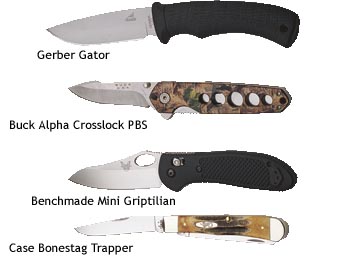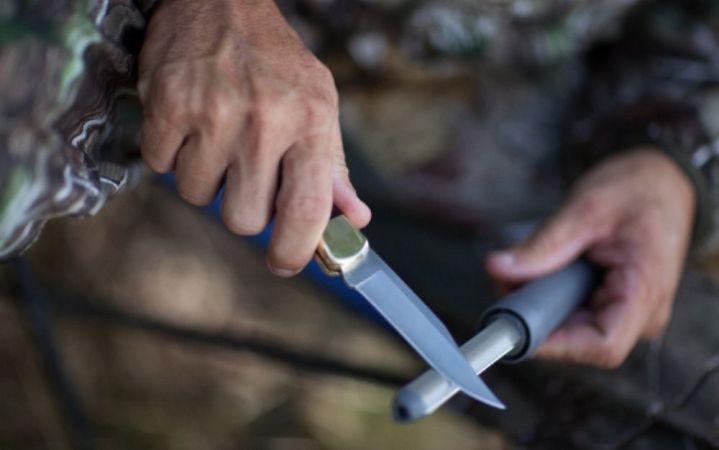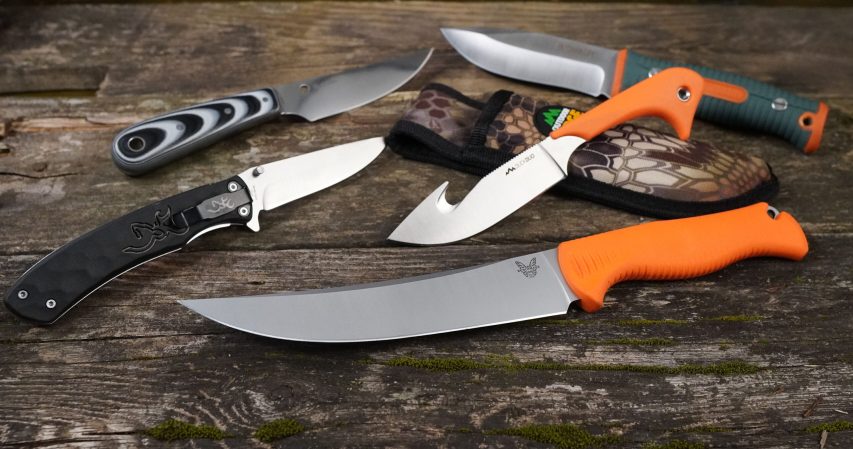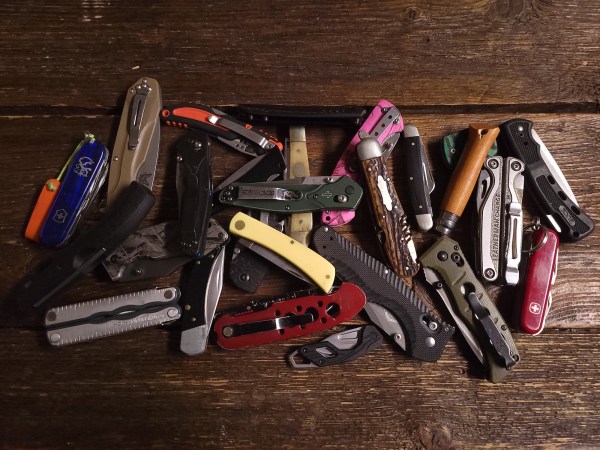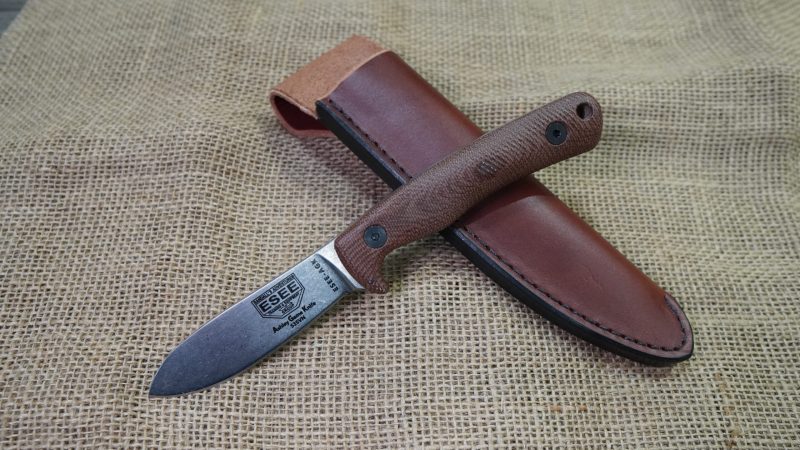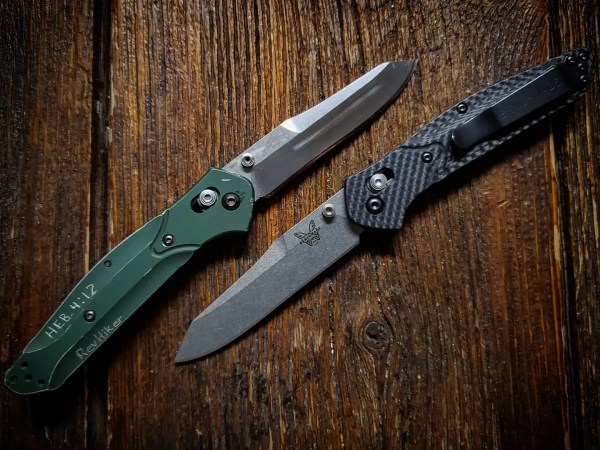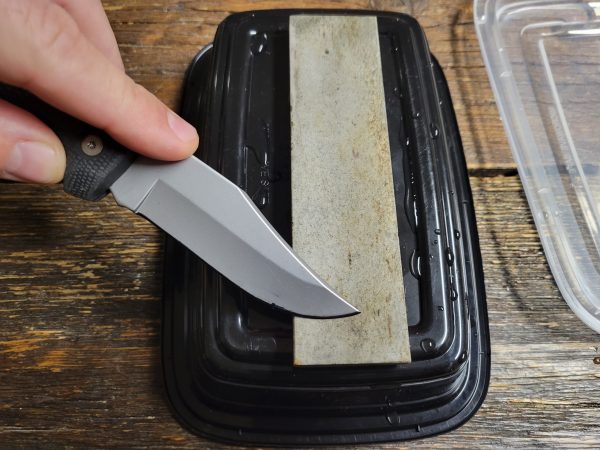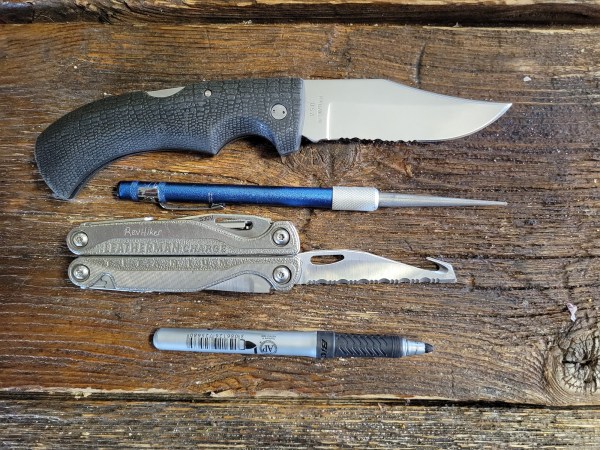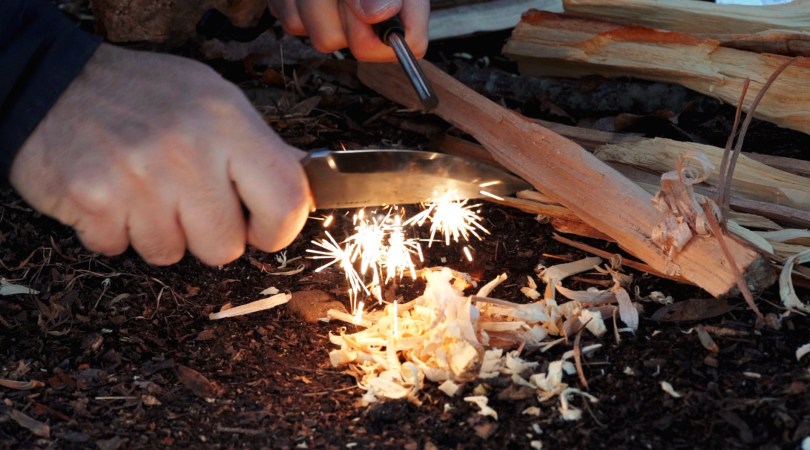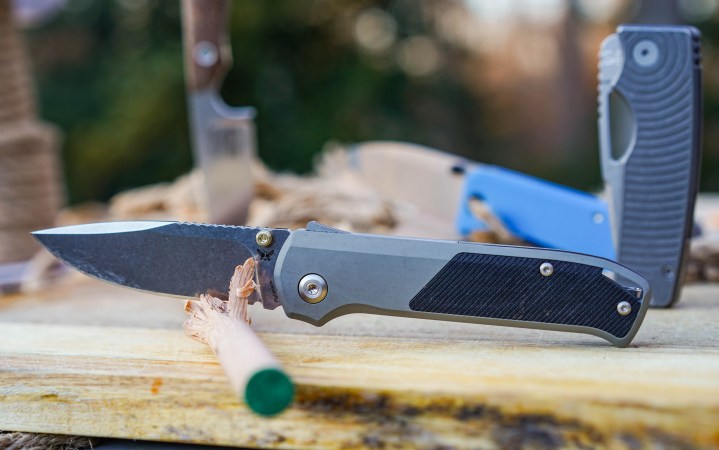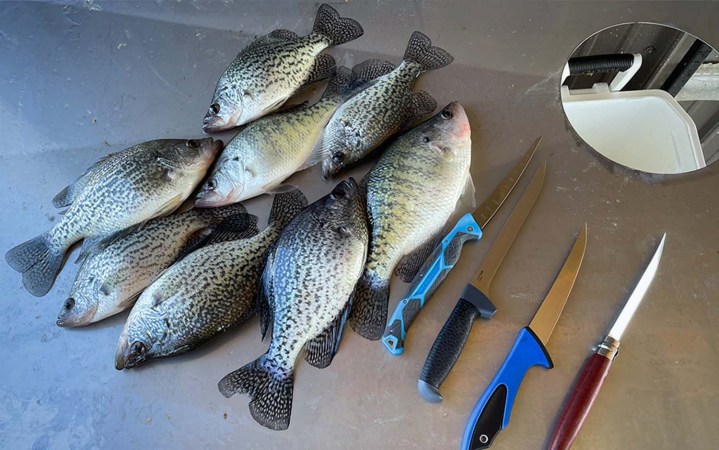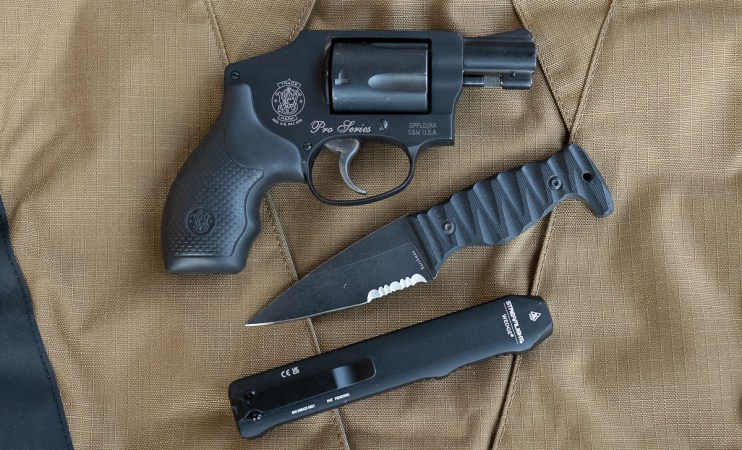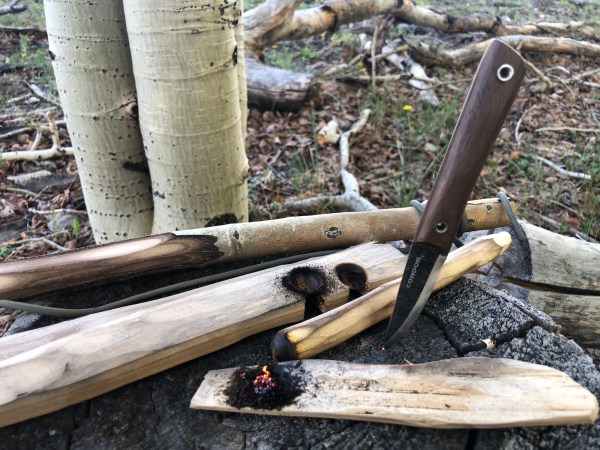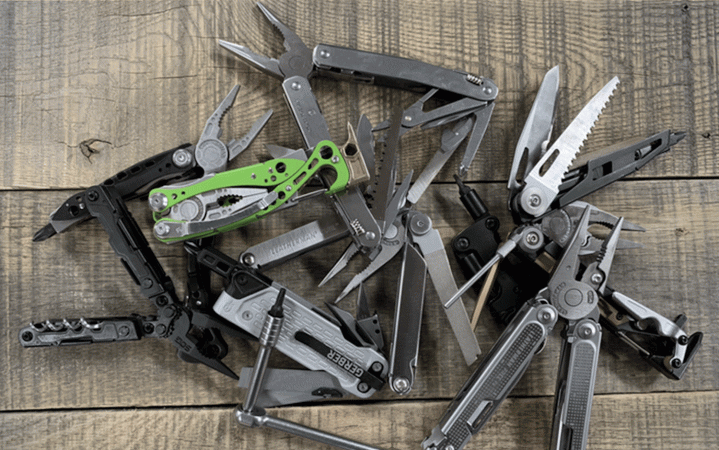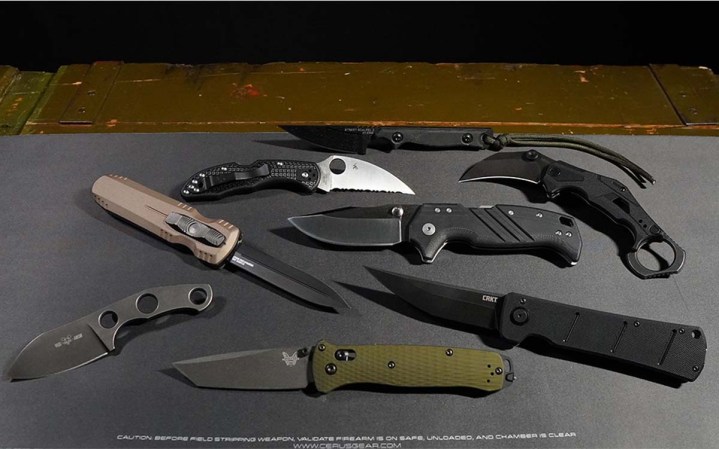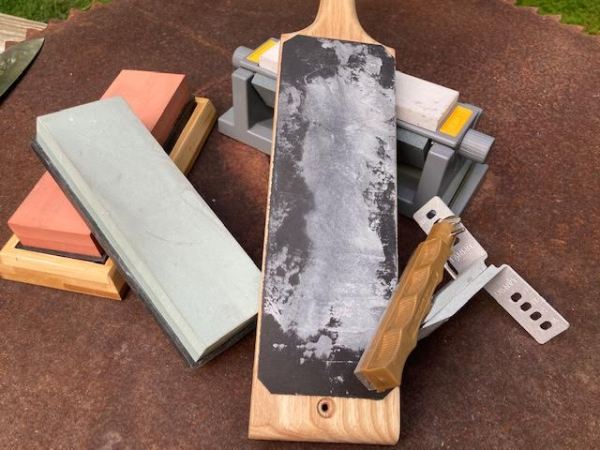We may earn revenue from the products available on this page and participate in affiliate programs. Learn More ›
No hunter should be without a good knife, but sifting through the vast array of choices can bewilder anyone. Here are some tips to help you choose the best hunting knife for your purposes.
Fixed and Folding
Fixed-blade knives offer the ultimate in ruggedness and reliability and are easiest to clean. They’re the best choice for heavy-duty work, though they’re not for everybody. Fixed-blades are bulkier and less safe in transport than folding knives, which is something to consider if you hunt and hike in rough country. For general cleaning chores, however, fixed-blade sheath knives can’t be beat, which helps explain their popularity. The Gerber Gator, shown at right, is a deer-gutting machine that won’t empty your wallet. ($50; 800-950-6161; gerbergear.com)
For general-purpose hunting use, a folding knife is plenty strong enough. This style comes in two varieties: pocketknives and lock-backs. Two lock-back choices include the Buck Alpha CrossLock PBS ($90; 800-326-2825; buckknives.com) and the Benchmade Mini Griptilian ($85; 800-800-7427; benchmade.com). Featuring a blade designed by renowned knife maker Mel Pardue, the Griptilian will ready a deer from hoof to freezer in short order. Ditto for the Buck, which has a modified spear-point blade, plus a combination saw and deer-gutting hook blade that stays in the handle when the straight-edge blade is in use.
Traditional pocketknives like the Case Bonestag Trapper ($40; 800-523-6350; wrcase.com) might include a clip point and spey blades for dressing and skinning smaller game. They are compact and functional when it comes to small jobs. Lock-back knives are safer to use, and some offer the additional advantage of one-hand operation to open the blade. One-hand-operable lock-backs are favored by many hunters. Some operate by means of a thumb spur, while others have locking liners.
For most hunting purposes, and when anything but the largest game species are involved, you need a blade no longer than 4 inches. Three inches is even better. For big jobs on moose-size game, pick a knife like the United Cutlery Alaskan Big/Small Game Hunter Combo (see previous page). Created by famed designer Gil Hibben, the set includes a drop-point all-steel knife for caping and the beefy Alaskan Pro Guide Hunter with guthook blade for the bigger stuff. The set comes with a leather sheath. ($85; 800-548-0835; unitedcutlery.com)
[pagebreak] Get to the Point
Although knife blades once were limited to one or two basic types, today there are dozens of styles and variations. For most hunting applications, however, one of three popular types of blade shapes will work. Clip Point A clip-point blade has a concave back and a fine point. This blade shape is ideal for making small punctures, such as that required when cutting around the anus of a deer to free the rectum for field dressing.
Drop Point The drop-point blade (as shown on the Gerber Gator) has a convex back. A drop-point might also be excellent for fine punctures, as long as the blade is not too deep from top to bottom. Drop-point blades are better for skinning than clip-point blades, since they reduce the chance of accidental puncture of the hide.
Modified Clip/Drop/Spear Point These hybrid blades (such as the Alpha Crosslock, Griptilian and Alaskan) are popular on lock-back folding knives. They offer the best advantages of clip- and drop-point blades.
Old Reliables
Other useful blade choices include: Spey With its blunt tip, the spey blade is excellent for skinning, since it offers the maximum safeguard against accidental puncture. It’s not the best choice for field dressing game, however.
Pen This is the classic pocketknife blade; its name suggests its pen-point shape. The pen blade is a fine all-purpose blade, especially for gutting small game such as birds and rabbits.
Sheepsfoot With its rrounded point and straight edge, this is a traditional pocketknife blade. It is best for cutting objects on a flat surface, but has limited usefulness for cleaning game.
Specialty Blades
A regular blade can handle most cleaning chores, but other tools are useful:
Deer gutting hook After an initial incision is made with another blade type, a deer gutting hook allows you to easily “unzip” the deer without puncturing its innards or cutting your fingers. A knife with a saw blade, like the Buck Alpha Crosslock, is handy for sawing through bone, cutting kindling around camp or trimming branches from around your tree stand.
Bird gutting hook A bird gutting hook makes it easy to rake out the viscera from birds or small game.
[pagebreak] What’s Your Handle?
Don’t overlook the handle when shopping for a knife. Wood and bone handles are warmer to the touch than metal, and are aesthetically pleasing. Unfortunately, many wood and bone handles come with extensive metal trim that feels cold on a winter day. Synthetic (polymer, nylon) handles offer the best combination of sure grip, warmth and economy. For safety’s sake, the handle of a heavy-duty sheath or folding knife should have a thumb or finger stop or contour.
When One Isn’t Enough
Depending on the type of hunting you do, you might decide that you really need more than one knife. I have two knives that cover all my hunting chores. My folding big-game knife has a synthetic handle, can be opened with one hand and features a lock that is easy to manipulate. The two blades are a modified clip point and a combination saw and gutting hook. My small game and bird knife is a bone-handled lock-back with a drop-point blade and bird-gutting hook.
